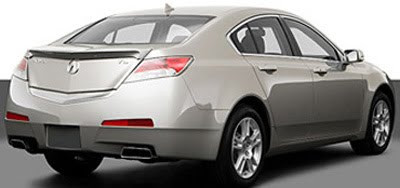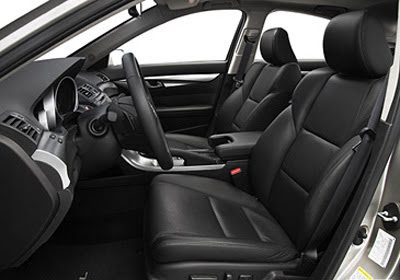Yes Roadster 3.2, 2006

 The new YES! Roadster 3.2 is the perfect conceptual advancement of the YES! and sticks to its own principles: pure driving pleasure.
The new YES! Roadster 3.2 is the perfect conceptual advancement of the YES! and sticks to its own principles: pure driving pleasure.A powerful 3.2-liter-V6-engine with 255 hp produces an uncompromising driving machine, one that is powerful , vibrant in its performance and super-charged with pasion. The result is an heir honouring its legacy yet adopting trendsetting shapes and technology. - simply a revolutionary evolution!
Compared to its predecesor, the new YES! has grown significantly. Larger engines and a longer wheel base have resulted in more over - hang at the front as well as the rear leading to a more stretched and full of suspense appearance of the roadster. The wedge-shaped ascending side line and the racy accentuated wings in the front and rear do remain THE striking attributes.
For the YES! Roadster 3.2 Turbo the concept was taken one step further: an especially developed rear wing spoiler asures the necessary down force, to bring 355 HP safely onto the stret.
Interior
The interior is the human-machine interface. This is where the driver takes the command, feels the direct contact to the street, navigates and controls the instruments.
The high-strength aluminium-space-frame takes care of the passive safety. Also, driver and passenger are protected by optional air bags if necessary. High-quality materials combined with chrome and leather applications turn the interior into a sporty unity. Optional equipment and accessories, for example the modern multimedia navigation system and the three-way sound system, offer wide space for individualisati on.
Engine
With variable camshaft settings the renowned V6 four valve engine equipped with 3,189 cm3 of engine displacement — in the naturally aspirated as well as in the turbo version — combined with a max. torque already at 2,001 1/min has virtually an easy job with the 890 and 930 kg respectively of the YES! Roadster 3.2 and 3.2 Turbo. In doing so, the fuel consumpti on is only at 8,2 and 9,3 litre respectively on 100 km in the so called combined fuel consumption.
 Transmission
TransmissionA 6-speed-manual transmission or alternatively the 5-speed-automatic transmission (optional, only Roadster 3.2) together with a lengthwise build in powertrain take care of the power transmission onto the rear wheels. A rather low shifting effort and precise, short shifting travels allow fast and exact gear changes.
Chassis / axle / steering
Light double wishbones at the front and rear axle, adopted from race use, provide in combination with the adjustable spring and damper elements a high responsiveness and precise wheel guidance (optional sports suspension). The steering - being adjustable in the vertical and in the longitudal axis - supports this by its fingertip easy handling and direct set up.
Brakes / ABS
Ventilated brake discs on the front axle as well as on the rear axle provide a maximum deceleration and a well balanced braking power - also during a continuous run. The braking power is transferred by 4-piston fixed callipers onto the brake discs. The pedal force is transferred directly in favour of a superior pedal feel , optionally supported by a multi-chanel ABS-system which is directly derived from racing.
Exhaust system
The exhaust system, consisting of two exhaust pipes made of high-quality steel, does not only release a powerful and individual sound via its two shape integrated pipe ends but also meets the demanding emision standards (Euro 4 in Europe , Lev 1 in the U.S.). Optionally, you can obtain a stainless steel-version.
Airbag
In adition to the usual high level of passive safety , full-size driver's and passenger's airbags are available for the YES! Roadster 3.2 and 3.2 Tur bo. Just in case.
Top / hardtop
We want you to enjoy it as often as possible: open driving. Therefore, we have also found space in the YES! Roadster 3.2 and the YES! Roadster 3.2 Turbo to store the familiar easy to assemble soft top — made of Sonnenlandstoff — inside the car, by also additionally providing space for some weekend luggage. Optional and mostly for the cold season is the new hardtop - easily and quickly assembled the YES! Roadster turns into a coupe!


















